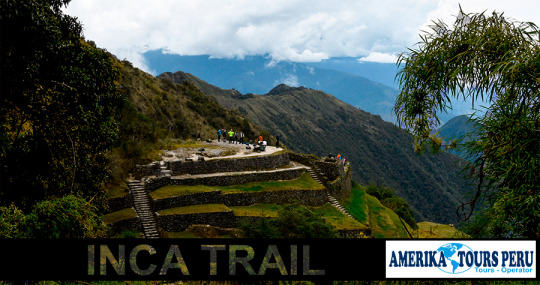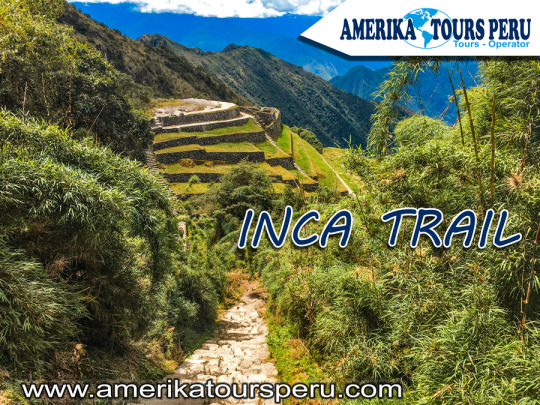The ways of the Inca (Qhapac Ñan)
The Incas covered much of the South American continent. To maintain communication in such a vast territory, it was necessary to build a network of roads. Thus, the Inca ordered to build a network of roads called Qhapac Ñan (Inca Trail).

The Qhapac Ñan managed to cover up to 30 thousand kilometers from the current countries of Peru, Ecuador and part of Bolivia, Chile, Argentina and Colombia. The trekking route from the Inca Trail to Machu Picchu is only a small part of the extensive network of roads of the Qhapac Ñan.
The Inca Trail to Machu Picchu
The Inca Trail was revealed to the world in 1915 when it was being excavated in the Inca City. Three decades later, the route was traced by the Viking expedition in 1942. Today, thousands of visitors decide to travel the 43 kilometers to the ‘Puerta del Sol’ in Machu Picchu.
However, Machu Picchu is not the only archaeological site that you will see on the Inca Trail. On the tour you will also appreciate the ruins of Llactapata, the archaeological site of Runkurakay, Saycamarca, Phuyupatamarca and Wiñaywayna.
There are trains and buses that can take you directly to Machu Picchu. However, the experience of arriving as the Incas did for centuries is unmatched.
Versions of the Inca Trail to Machu Picchu
Not all people have the necessary days to travel the Inca Trail (4 days and 3 nights). That is why there are 2 versions depending on the time you have:
Classic Inca Trail: 4 days and 3 nights (43 kilometers of walking).
Short Inca Trail: 2 days and 1 night (12 kilometer walk).
How is the tour of the Inca Trail to Machu Picchu?
The Inca Trail shows rugged geographies with ascents and descents next to cliffs. The mountains reach great heights with rugged stretches. In the jungle areas you will see the variety of shades of green tropical forests.
Day 1: Cusco – Wayllabamba (13 kilometers)
The Inca Trail begins at kilometer 82 of the railway that leads to Machu Picchu (2 hours and 30 minutes by bus from the city of Cusco). Then the ascent to the Cusichaca valley will begin. The visitor will visit the ruins of Llactapata (2,840 masl) until reaching the town of Huayllabamba (3,057 masl).
Day 2: Wayllabamba – Pacaymayo (11 kilometers)
The second day is the most difficult due to physical demand. The tourist will ascend to the Warmiwañuska (‘Dead Woman’s Pass’). This is the highest point of the route (4,215 masl). From this point it is possible to see the Runkurakay archaeological site (3,760 masl).
Day 3: Pacaymayo – Wiñay Huayna (16 kilometers)
The third day the descent will be dizzying to the Pacaymayo river valley. The section goes down a steep slope of almost 1,600 meters to the Sayaqmarca compound (3,625 masl). Here the view is extraordinary.
Day 4: Wiñay Huayna – Machu Picchu (3 kilometers)
The last day hides some of the best Inca samples: Phuyupatamarka, Wiñaywayna. Upon leaving these ruins, a gradual descent will be undertaken which will become more complicated in the end. Finally, you will arrive at Intipunku or Puerta del Sol. From there you will walk for another 30 minutes to the Lost City of the Incas, Machu Picchu.
After visiting Machu Picchu, the visitor returns to Cusco through a train and bus service. The duration of the trip is approximately 3 hours. These services are included in the tours to the Inca Trail.
During the 4 days of the Inca Trail you will experience fatigue and very low temperatures (between the Andes Mountains and the Amazon forests).




